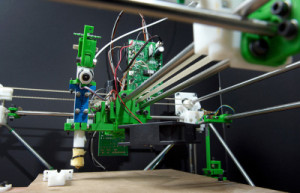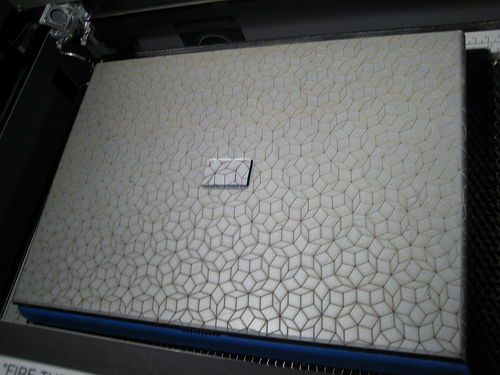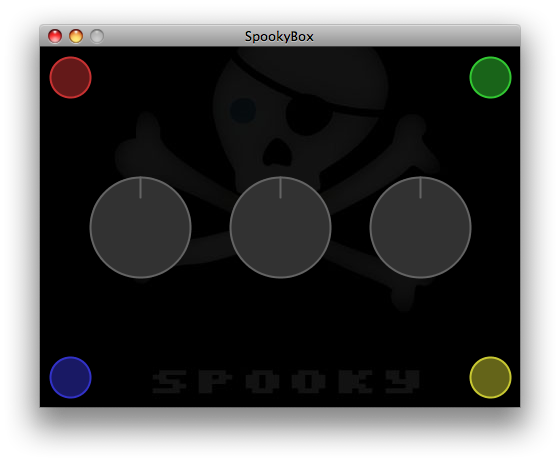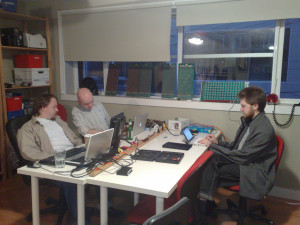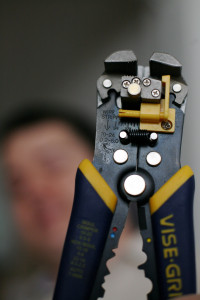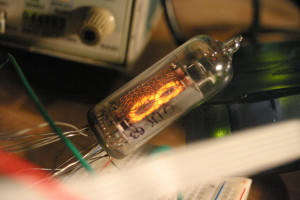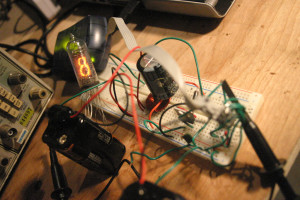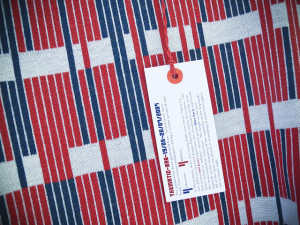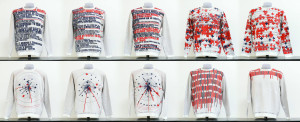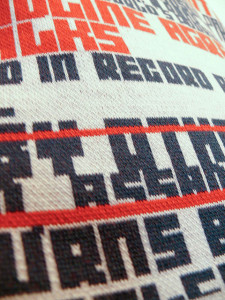NYC Resistor is not only a sweet hackerspace, but it is also the home of the RepRap Research Foundation, a not-for-profit setup to support RepRap research. If you are unfamiliar with RepRap, it is an open source project to build a self-replicating 3D printer. This is a large project, with a wide range of disciplines involved: the software, firmware, 3D positioning system, and extruders are all large projects in their own right.
We will be having an open hacklab on Sunday, September 21st from 1PM to 4PM. It is absolutely free to come, but we will gladly accept donations. The format of the hacklab itself is still amorphous, and I like it that way. We will probably start with a short Q/A session about the RepRap, and then get to working on the machine. Please read up on the project before coming to the hacklab. Every single question you have for me has probably already been answered in great detail on RepRap.org Feel free to bring your own RepRap, or parts of it if you have one. My machine has been in various states of broken for months now, and I hope to finally have it working by the day of the hacklab. If it is working, then we will probably work on making it print cool things. If it isn’t working, then we will probably work on making it work. I also am expecting new PCBs this friday, so we can play with some experimental prototypes.
This is intended as more of a work session than a talk / show and tell. Please show up ready to get your hands dirty playing with fun open source hardware.
